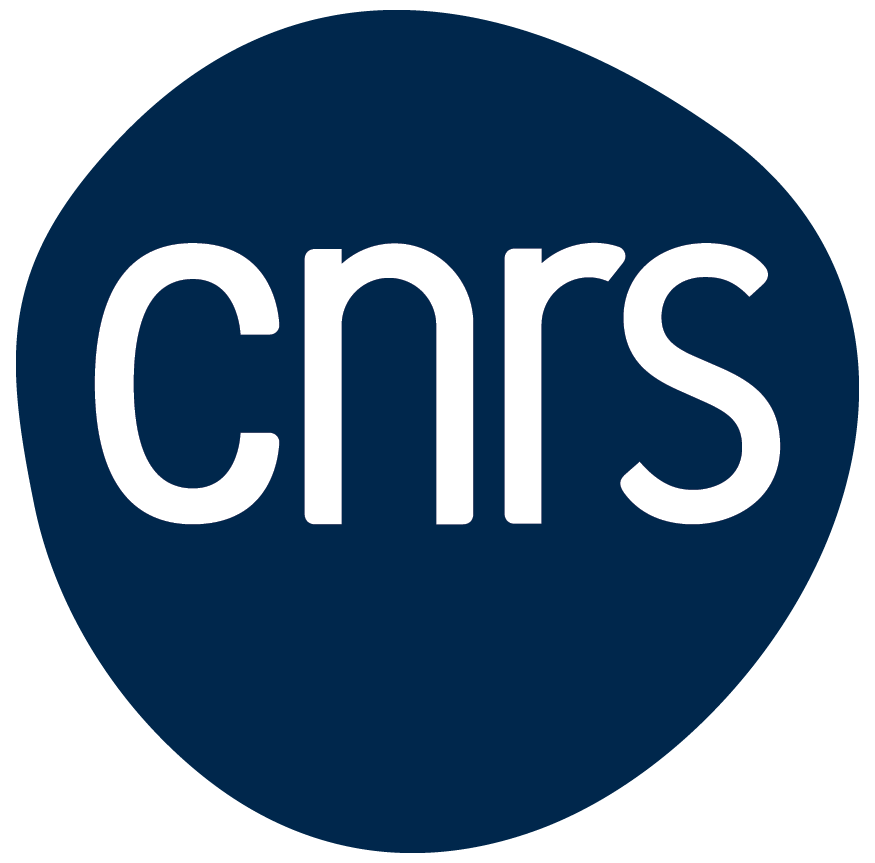School of Languages and Linguistics, Jadavpur University
Acoustic, ultrasound, and eye-movement data from Malayalam coronal stops is presented to examine the nature of coarticulation and contrast in this dense coronal system. We present data from two models of consonant-vowel formant transitions – locus equations (LEs) and target-locus scaling (TLS). Alveolars consistently had flatter slopes; in VC and CV contexts, a result predictable from their sparse representation in the lexicon. Our results suggest that coarticulatory resistance is mitigated by lexical distribution of these stops. Tongue shape data too show that x-values for y-max positions for alveolars is consistently anterior compared to dentals and retroflexes, implying greater coarticulatory resistance from the alveolars, especially in the tongue dorsum. An eye-movement study where we investigated the influence of coarticulatory information on lexical access using the visual world paradigm showed that upon hearing a spoken word cross-spliced with coarticulatory information from a source word, participants gazed at the source word as often as they looked at the printed word referred to by the spoken word. This pattern of results was driven by the coarticulatory information in the spoken word, and not by the phonological similarity between the spoken word and the source word. We discuss the implications of lexical distributions for measures of coarticulatory resistance and its interaction with nature of contrast in Malayalam and other dense coronal systems.


